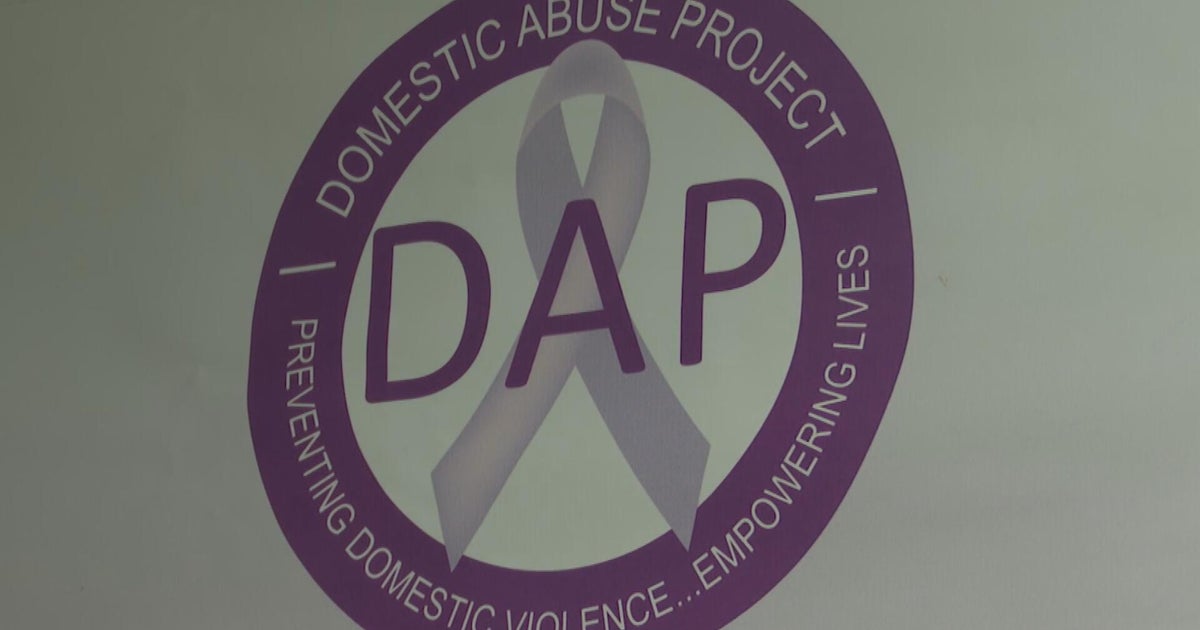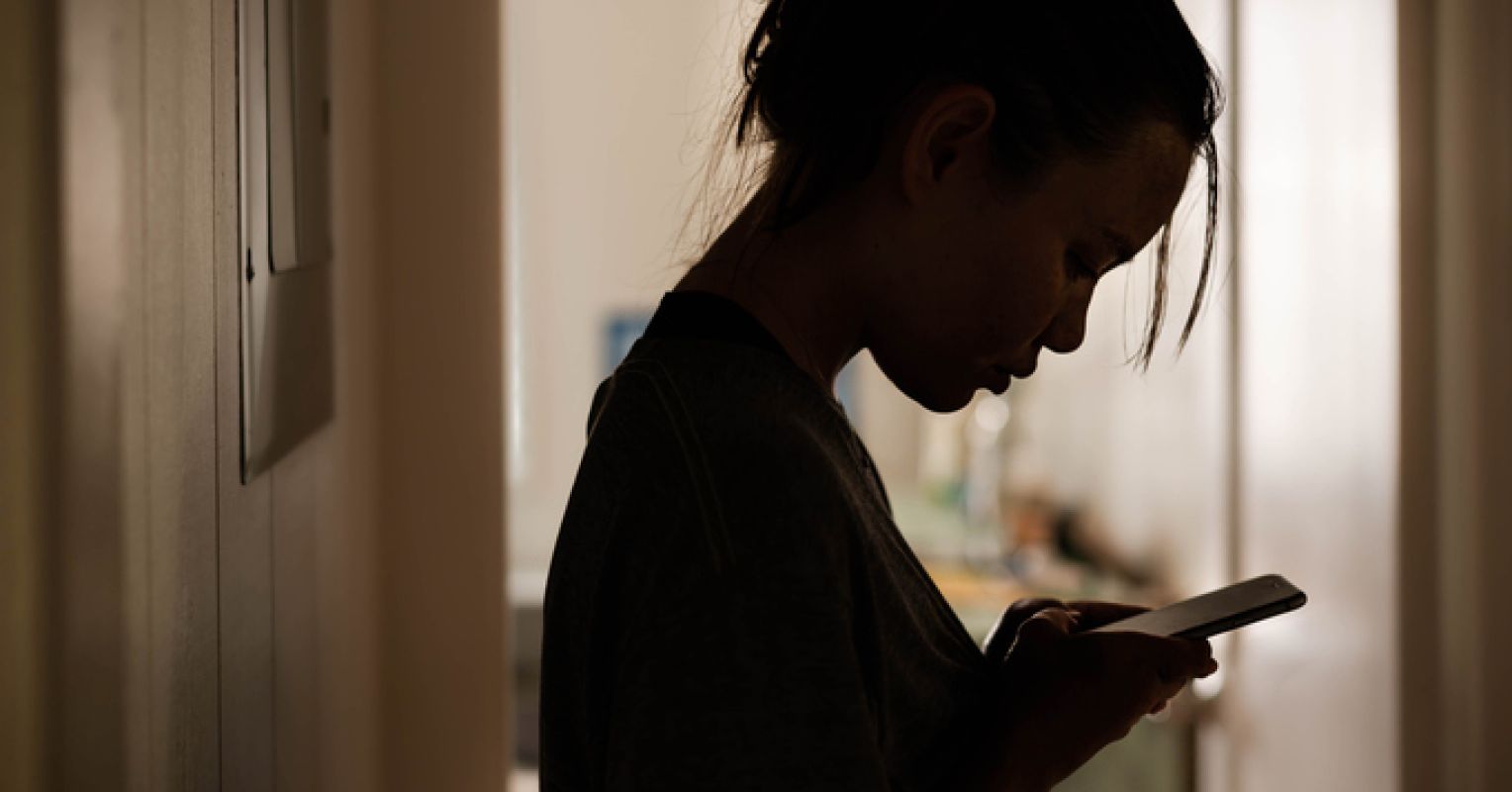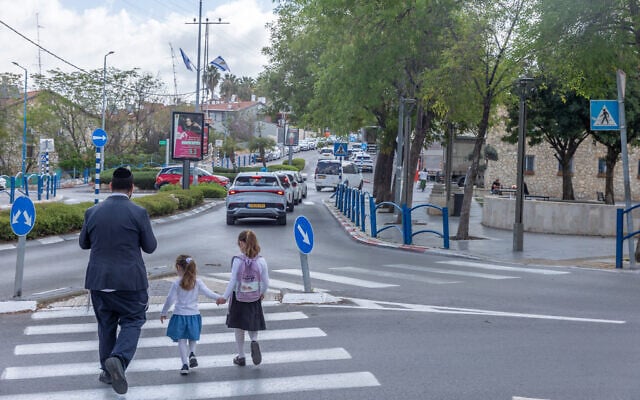Artistic Performance in Brazil Addresses Gender-Based Violence in Alignment with Sustainable Development Goals
An aerial circus performance was held in Niteroi, Brazil, to raise public awareness of gender-based violence, a critical issue that directly contravenes several United Nations Sustainable Development Goals (SDGs), most notably SDG 5 (Gender Equality). The event utilized art as a medium to advocate for social change and the empowerment of women.
Project Overview and Objectives
The performance, titled “Alone we are petals, together we are roses,” was executed by the Suspended Circus Acrobatics project. This initiative, founded in 2020 by Juliana Berti Abduch, aims to address and combat violence against women through artistic expression. The performance featured a cast of six women and two men on a public beach, using the cultural backdrop of Rio de Janeiro to amplify its message.
- Primary Goal: To highlight the pervasive issue of violence against women in Brazil.
- Secondary Goal: To provide a therapeutic and empowering platform for performers, many of whom are survivors of gender-based violence, contributing to SDG 3 (Good Health and Well-being).
- Methodology: A public performance combining aerial hoops, trapezes, and silks to convey a narrative of resilience and collective strength.
Performance Narrative and Symbolic Representation
The show’s narrative arc is designed to symbolize the journey of a woman overcoming violence and reclaiming her power, a core tenet of SDG 5.
- A female performer, representing a victim, is symbolically knocked down by male performers.
- The victim rediscovers her physical strength and builds solidarity with other female performers.
- The performance culminates with the protagonist rising on stilts higher than before, signifying growth, resilience, and empowerment post-trauma.
Lead artist Rosa Caitanya Hamilton Azevedo stated, “We become stronger,” reflecting the performance’s message of transforming victimhood into strength.
Alignment with Sustainable Development Goals (SDGs)
The project’s mission and execution are deeply intertwined with the 2030 Agenda for Sustainable Development.
- SDG 5: Gender Equality: The performance directly addresses Target 5.2, which calls for the elimination of all forms of violence against all women and girls. By making the issue visible in a public space, it advocates for the societal changes needed to achieve gender equality.
- SDG 3: Good Health and Well-being: The project serves as a healing mechanism for participants. Juliana Berti Abduch noted that performers “begin to overcome their limitations” and “feel much more secure,” contributing to Target 3.4 concerning the promotion of mental health and well-being.
- SDG 16: Peace, Justice and Strong Institutions: By using art to protest violence (Target 16.1) and broadcasting statistics about gender-based crime, the performance calls for stronger institutions and greater justice for victims.
- SDG 11: Sustainable Cities and Communities: The choice of a public beach as a venue underscores the importance of safe and inclusive public spaces for women (Target 11.7), turning a recreational area into a platform for social advocacy.
Statistical Context and National Challenges
The performance highlighted alarming national statistics that underscore the urgency of achieving SDG 5 in Brazil. An amplifier broadcasted data to the audience, reinforcing the gravity of the issue.
- According to a 2025 report by the Brazilian Forum on Public Safety, more than one in three women in Brazil was a victim of sexual or gender-based violence over the course of a year.
- The same source reported that a woman was raped every six minutes in Brazil last year.
- The ongoing struggle for women’s rights is further exemplified by significant barriers to accessing legal abortion services, even in cases of rape.
Impact and Conclusion
The performance drew an audience of approximately 100 people, with onlookers expressing that the message was “impactful.” The event successfully used art as a strategy to foster hope and advocate for a future free from gender-based violence. By empowering women and educating the public, the initiative demonstrates a grassroots approach to building a more equitable society, thereby contributing directly to the foundational principles of the Sustainable Development Goals.
Analysis of Sustainable Development Goals in the Article
1. Which SDGs are addressed or connected to the issues highlighted in the article?
-
SDG 5: Gender Equality
This is the most prominent SDG addressed in the article. The entire piece revolves around the issue of violence against women in Brazil, which is a primary obstacle to achieving gender equality. The circus performance “Alone we are petals, together we are roses” is a direct artistic response to this problem, aiming to raise awareness and empower women. The article explicitly mentions the high rates of sexual and gender-based violence, aligning directly with the goals of SDG 5.
-
SDG 3: Good Health and Well-being
The article connects to SDG 3 by discussing the psychological impact of gender-based violence and the healing process. The creator of the project, Juliana Berti Abduch, notes that the artists, many of whom are victims themselves, arrive “fearful and traumatized.” The project serves as a therapeutic tool, helping them “overcome their limitations” and “feel much more secure.” This focus on healing trauma and improving mental well-being is a key component of SDG 3.
-
SDG 16: Peace, Justice and Strong Institutions
This goal is relevant because the article highlights systemic failures in justice and public safety. The alarming statistics on violence against women point to a lack of peace and security for a significant portion of the population. Furthermore, the mention of women facing “significant barriers in accessing” legal abortion services, even in cases of rape, points directly to a failure in ensuring equal access to justice, a core principle of SDG 16.
2. What specific targets under those SDGs can be identified based on the article’s content?
-
SDG 5: Gender Equality
- Target 5.2: Eliminate all forms of violence against all women and girls in the public and private spheres, including trafficking and sexual and other types of exploitation. The article’s central theme is the widespread problem of violence against women in Brazil. The circus performance is an advocacy tool to fight this violence, and the statistics cited (“More than one in three women in Brazil was a victim of sexual or gender-based violence”) directly relate to the prevalence of the issue this target aims to eliminate.
-
SDG 3: Good Health and Well-being
- Target 3.4: By 2030, reduce by one third premature mortality from non-communicable diseases through prevention and treatment and promote mental health and well-being. The article implies a connection to this target through its focus on the aftermath of violence. The statement that the project is “healing for the artists who have been subjected to gender-based violence” and helps them overcome trauma directly addresses the promotion of mental health and well-being for survivors.
-
SDG 16: Peace, Justice and Strong Institutions
- Target 16.1: Significantly reduce all forms of violence and related death rates everywhere. The statistics about the high rates of violence and rape in Brazil are a clear measure of the challenge in meeting this target. The performance itself is an effort to draw attention to and ultimately reduce these forms of violence.
- Target 16.3: Promote the rule of law at the national and international levels and ensure equal access to justice for all. The article points to a failure in this area by stating that even when abortion is legally permitted in cases of rape, “women often face significant barriers in accessing these services.” This demonstrates a gap between the rule of law and equal access to justice for female victims of violence.
3. Are there any indicators mentioned or implied in the article that can be used to measure progress towards the identified targets?
-
Yes, the article explicitly provides statistical data that can serve as indicators for measuring progress.
- Prevalence of gender-based violence: The article states, “More than one in three women in Brazil was a victim of sexual or gender-based violence over the course of a year.” This directly corresponds to Indicator 5.2.1 (Proportion of ever-partnered women and girls aged 15 years and older subjected to physical, sexual or psychological violence by a current or former intimate partner).
- Frequency of sexual violence: The statistic that “a woman was raped every six minutes in Brazil last year” is a stark indicator of the scale of sexual violence, relevant to both Target 5.2 and Target 16.1.
- Access to justice: The mention of “significant barriers” for women trying to access legal abortion after rape implies an indicator related to the functionality of the justice system. This could be measured by the proportion of victims of violence who are able to access legally mandated services, which relates to Indicator 16.3.3 (Proportion of the population who have experienced a dispute and who accessed a formal or informal dispute resolution mechanism).
- Subjective well-being and empowerment: The article implies qualitative indicators through descriptions of the project’s impact. Phrases like “helped make the women feel much more secure” and the victim’s character returning on “even higher stilts” symbolize growth and empowerment, which are measures of well-being (SDG 3) and equality (SDG 5).
4. Table of SDGs, Targets, and Indicators
| SDGs | Targets | Indicators Identified in the Article |
|---|---|---|
| SDG 5: Gender Equality | Target 5.2: Eliminate all forms of violence against all women and girls in the public and private spheres. |
|
| SDG 3: Good Health and Well-being | Target 3.4: Promote mental health and well-being. |
|
| SDG 16: Peace, Justice and Strong Institutions | Target 16.1: Significantly reduce all forms of violence.
Target 16.3: Ensure equal access to justice for all. |
|
Source: apnews.com






